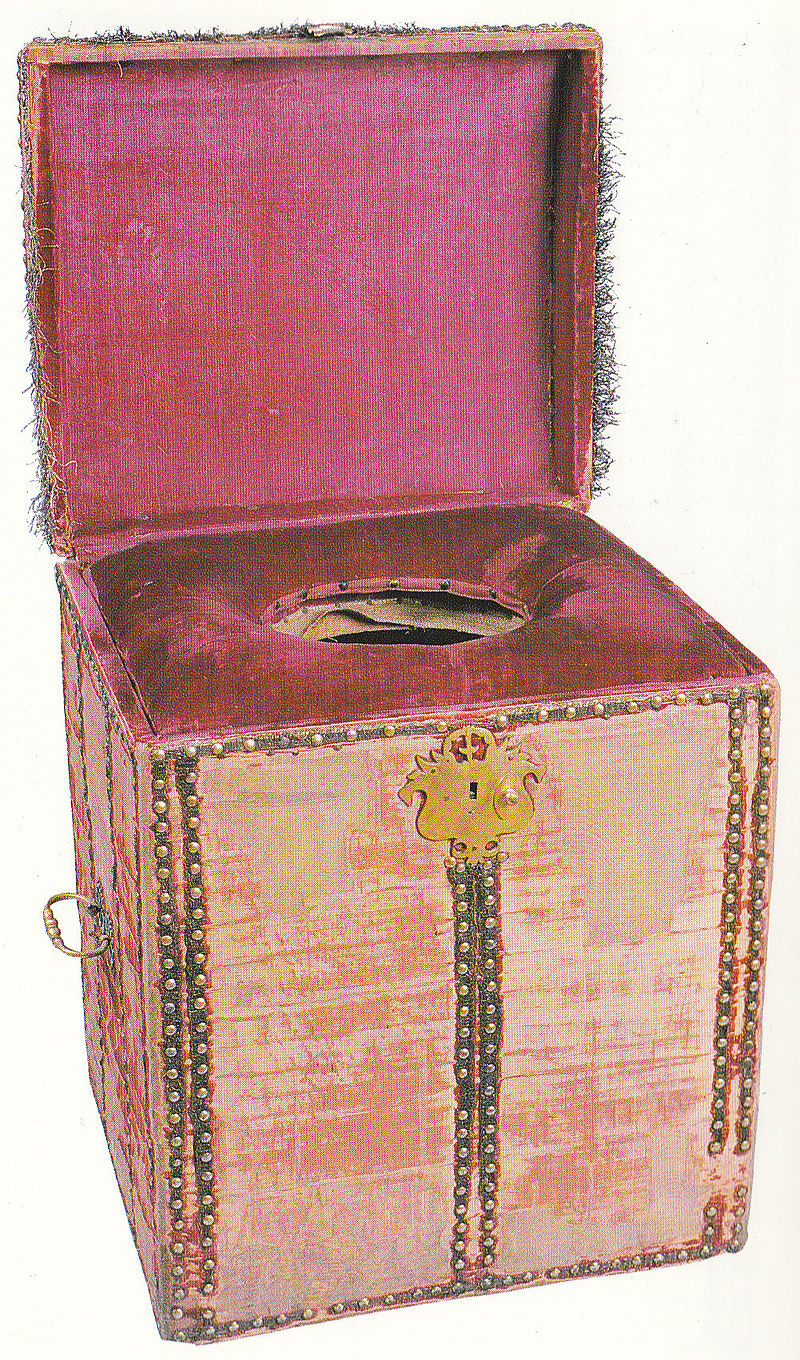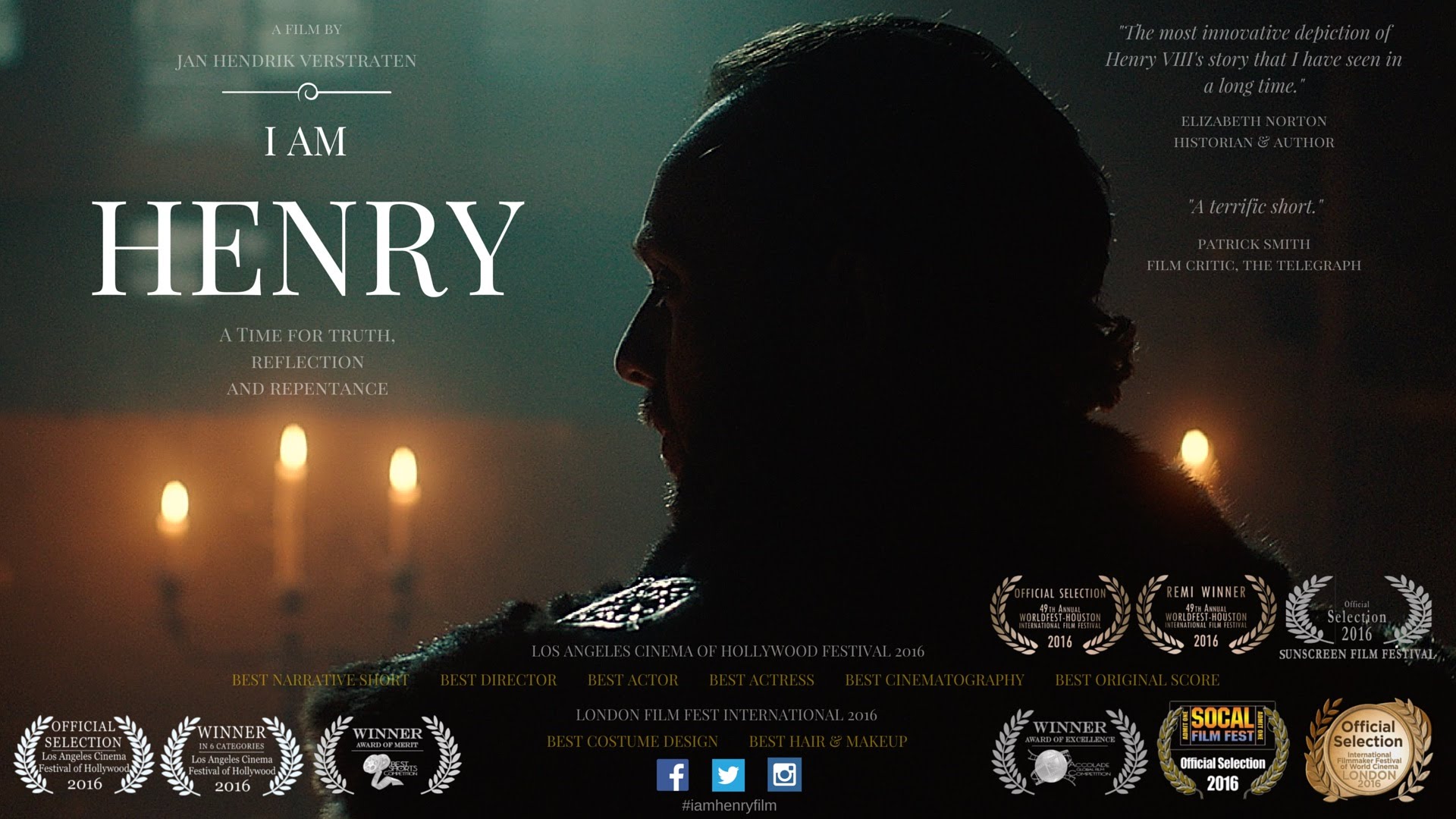 Thank you to Heather for sharing with us this article on "Katharine of Aragon's Spain: the Moorish Influence of Convivencia on the Newly-Modern Kingdom".
Thank you to Heather for sharing with us this article on "Katharine of Aragon's Spain: the Moorish Influence of Convivencia on the Newly-Modern Kingdom".
Prior to Isabella of Castile and Ferdinand of Aragon, the Catholic Monarchs, finally removing the last Islamic presence from the Kingdom of Granada, there was a considerable Islamic and Jewish presence that lasted over 700 hundred years.
The Muslims first came to Spain during the Umayyad conquest of Hispania around the year 711, when they invaded from North Africa. At the time, the Iberian Peninsula was a Visigoth kingdom. The area of the Iberian Peninsula controlled by the Muslims was called Al-Andalus. After the invasion, conversion from Christianity to Islam was advantageous. There was relative peace in Muslim-controlled Spain for about three hundred years. The main cities of Al-Andalus were Granada, Toledo and Cordoba.
The ethnic background of the conquering invaders was mostly Berber and Arab, though the quick conversion of Christians to Islam resulted in the ethnic and culture background of the Muslims mixing thoroughly with the original inhabitants in a manner of only a few generations.
In the early 1000s, rebellion gripped Al-Andalus. Christians from the north began settling in areas around the tumultuous Al-Andalus. Jewish culture had intermixed with Muslim culture during this time because, after the Muslims had gained control of Al-Andalus, effectively all of the territories from Al-Andalus to Persia (now Iran) were under Islamic control. The treatment of Jewish people was much better under Islamic rule than Christian, and Jews had more opportunities available to them. The relative harmony that existed between the Jews, Christians and Muslims during this period was known as “La Convivencia”, or “The Coexistence”.
The Convivencia most benefitted members of the upper echelons of society. The wealthy Jewish merchant class and Christian clergy, scholars and nobility had little interaction with the lower classes, who were still relatively oppressed.
Architecture saw a move from being symbolic and iconographic to adopting the more geometric designs brought in by the Arabic influence. The church Santa María la Blanca in Toledo is an excellent example of a building used by all three religious groups and featuring architectural influences of all three groups. Previously known as the Congregational Synagogue of Toledo, or the Ibn Shushan Synagogue (Ibn meaning “son of”), it was constructed modestly after the Jewish architectural fashion of the time, but the building’s stucco capitals were carved in a more ornate manner after the Islamic influence.
The great Alhambra, meaning “red fort,” of Granada was used by the Nasrid dynasty from 1238 until the keys were symbolically given to Isabella of Castile in 1492 when Katharine of Aragon would have been about five years old. The height of the Alhambra’s construction in the fourteenth century took place at the same time as the construction of the Pope’s Palace at Avignon, York Minster, and Westminster Abbey. The Mosque of Cordoba and Seville’s Giralda, which is a minaret, are excellent examples of Islamic architecture, too.
Arabic influence on the Spanish language can be seen mostly through place names and other nouns. Music was influenced during this period, too. The Islamic invasion also saw the introduction of Arabic numerals, alchemy, algebra and Aristotelian philosophy.
The Fall of Granada on 2 January 1492 was the final act of the Reconquista. Swiftly after that, the Jews and Muslims were expelled from Spain, despite their contributions to the country. The remaining Jew and Muslims converted to Christianity or secretly stayed faithful to the Jewish and Islamic religions. To this day, 2 January is celebrated in Granada by some as a joyful occasion, and by others as a day of mourning for losing the city and its rich heritage.
The end of the Convivencia and the Fall of Granada would have far-reaching global implications: Cristobal Colon, more commonly known as Christopher Columbus, would set sail later on in 1492, with the assumption that it was Spain’s destiny to rule over parts of the world that were not Christian.
Katharine of Aragon left Spain for England when she was about fifteen years old to marry Arthur Tudor, the heir to the English throne. The Spain Katharine left behind had been heavily influenced by centuries of Islamic, Moorish rule and Jewish presence in Al-Andalus. The language and architecture bore the marks of the Convivencia, which can still be seen to this day. The Arabic influence on the intellectual sphere was profound and long-lasting. Without the Islamic invasion in 711 and the centuries of the Convivencia, Spain would not be the beautiful or culturally rich country it is today.
Tudor Society members can click here to view Claire's video on the Alhambra.
Heather R. Darsie lives in the United States with her family and three parrots. She works in the legal field, with a focus on children. She obtained a Bachelor of Arts degree in German Languages and Literature, then a Juris Doctorate in American jurisprudence, and studied abroad in Costa Rica and France. Heather has always loved history. She first became acquainted with Elizabeth I when she was in middle school and chose to write a book report about her. Since then, she has always held an interest in the Renaissance and its numerous enigmatic citizens, with particular focus on the history of England and Italy. She is currently working on a book on the heraldry of Tudor women and is also researching Anne of Cleves.
Sources and Suggested Reading
- Vaughan, Lindsay M. Convivencia: Christians, Jews, and Muslims in Medieval Spain. Trace: Tennessee Research and Creative Exchange. December, 2003.
- Thomas, Sarah-Mae. The Convivencia in Islamic Spain. The Fountain Magazine. Is. 94, July-August 2013. http://www.fountainmagazine.com/Issue/detail/the-convivencia-july-2013 Retrieved 2 April 2016.
- Lopez, Dr. J. Bermudez. The Alhambra. Originally published in Architecture, Nasrid 17 March 2013. http://islamic-arts.org/2013/the-alhambra/ Retrieved 2 April 2016.
- Don Quijote Spanish Language Learning School. Arab Influences in Spain. http://www.donquijote.org/culture/spain/society/customs/arab-influence-on-spanish-language-and-culture Retrieved 10 April 2016.
- Golden, Arielle E. Convivencia and Conversos: Problematizing Identity. Wesleyan University, Connecticut, April 2010. http://citeseerx.ist.psu.edu/viewdoc/download?rep=rep1&type=pdf&doi=10.1.1.204.1186 Retrieved 3 April 2016.



A somewhat rose colored view of the Islamic influence on Spain.
Thank you for your writing.I think it is refreshing to understand the peaceful co-existence which is an important part of Spanish history